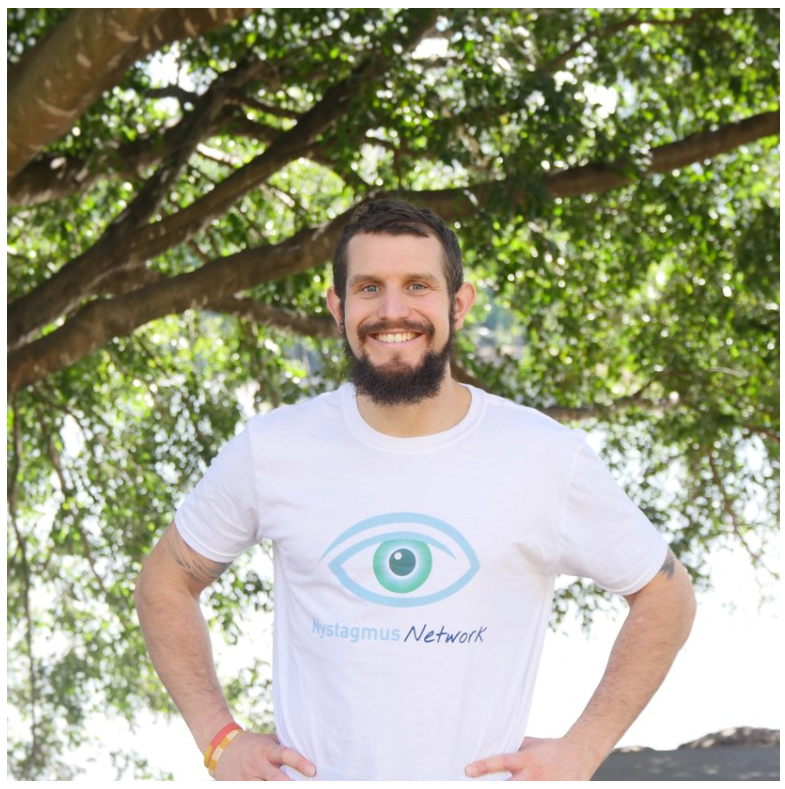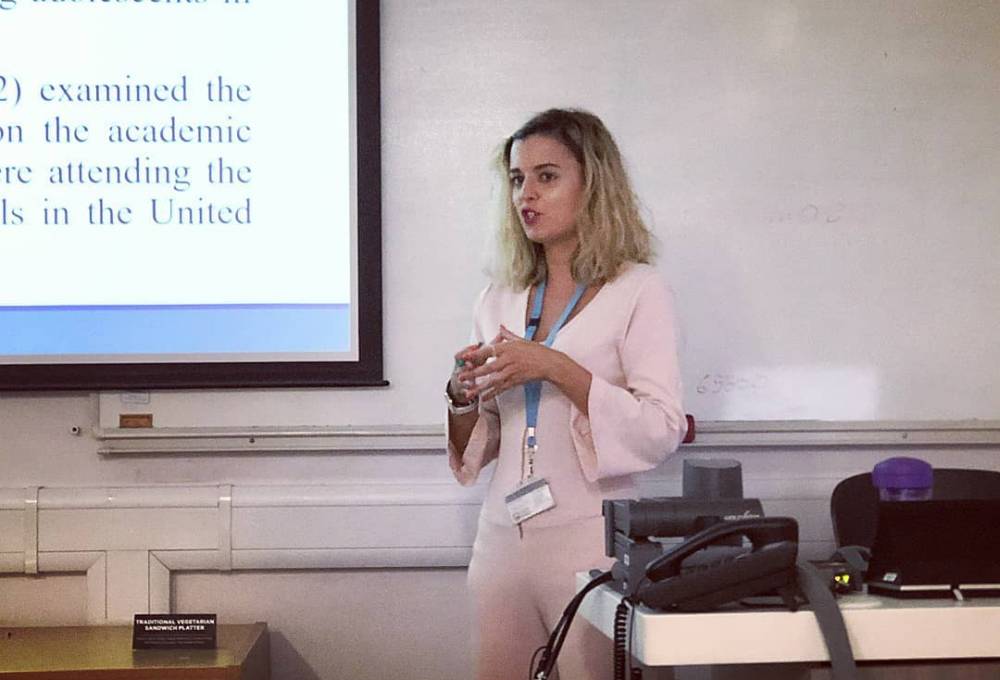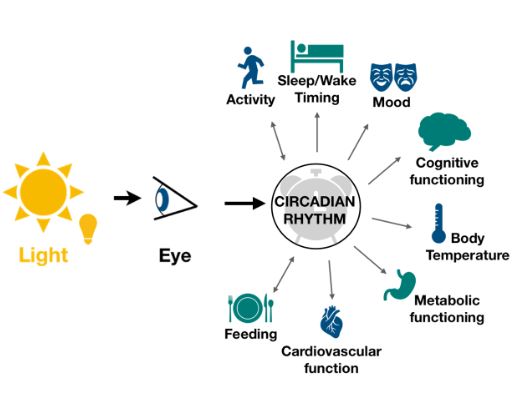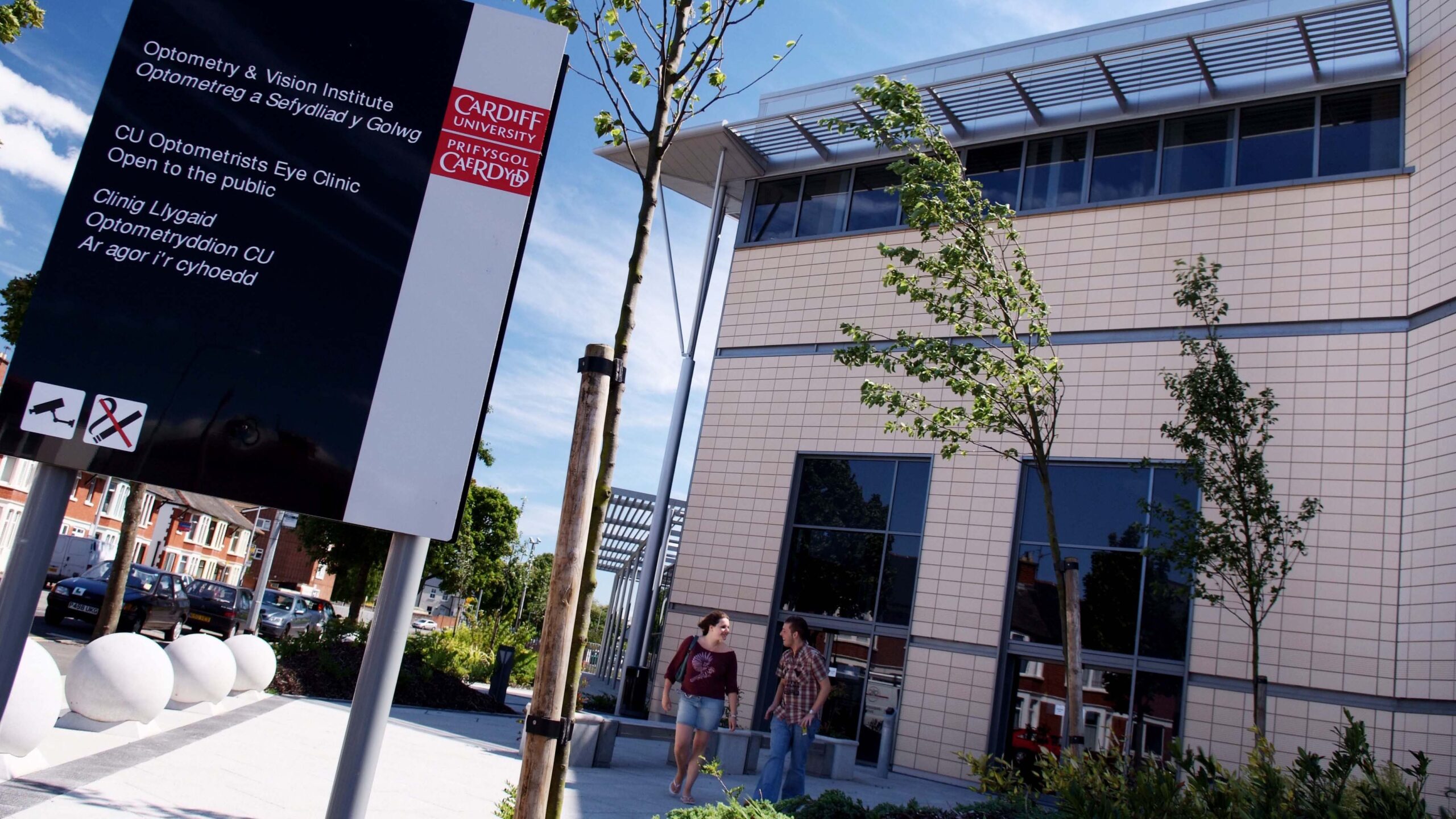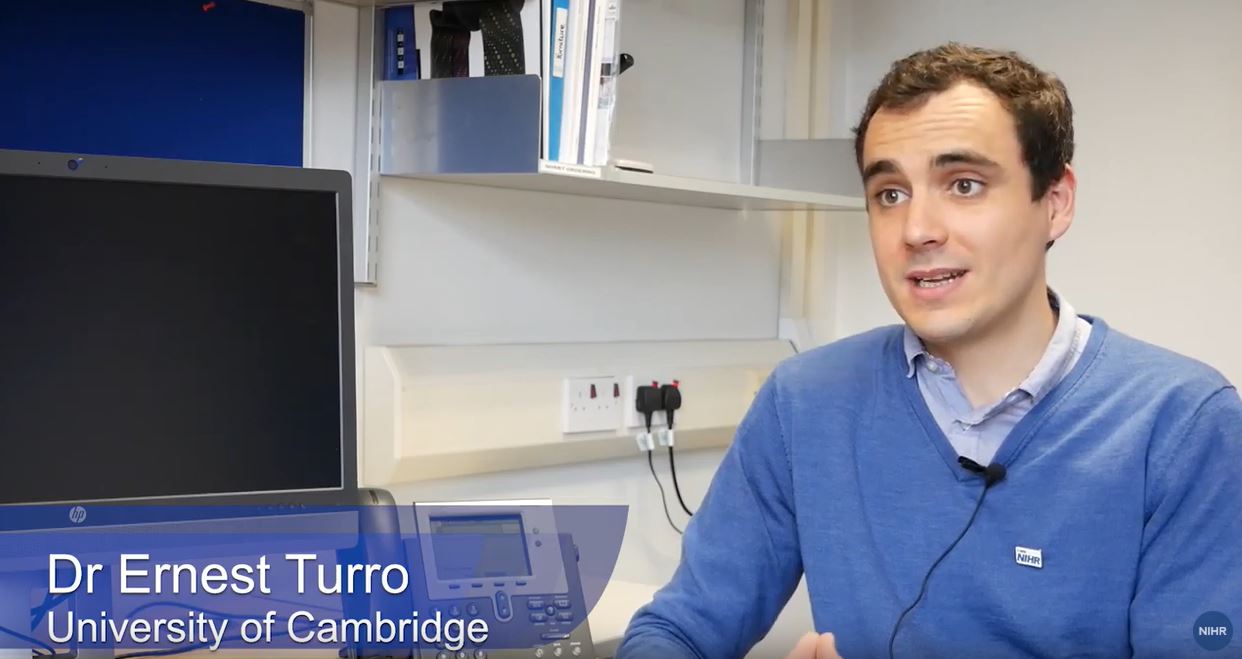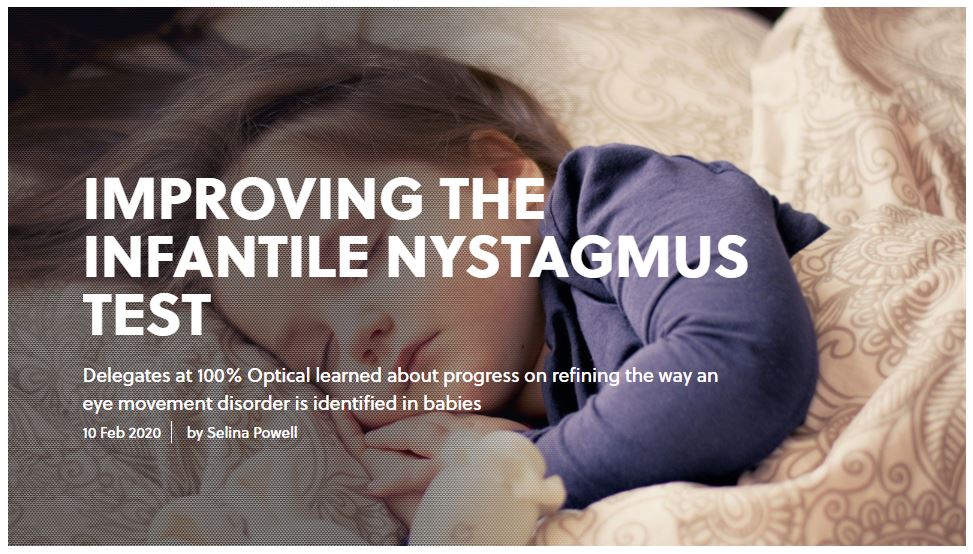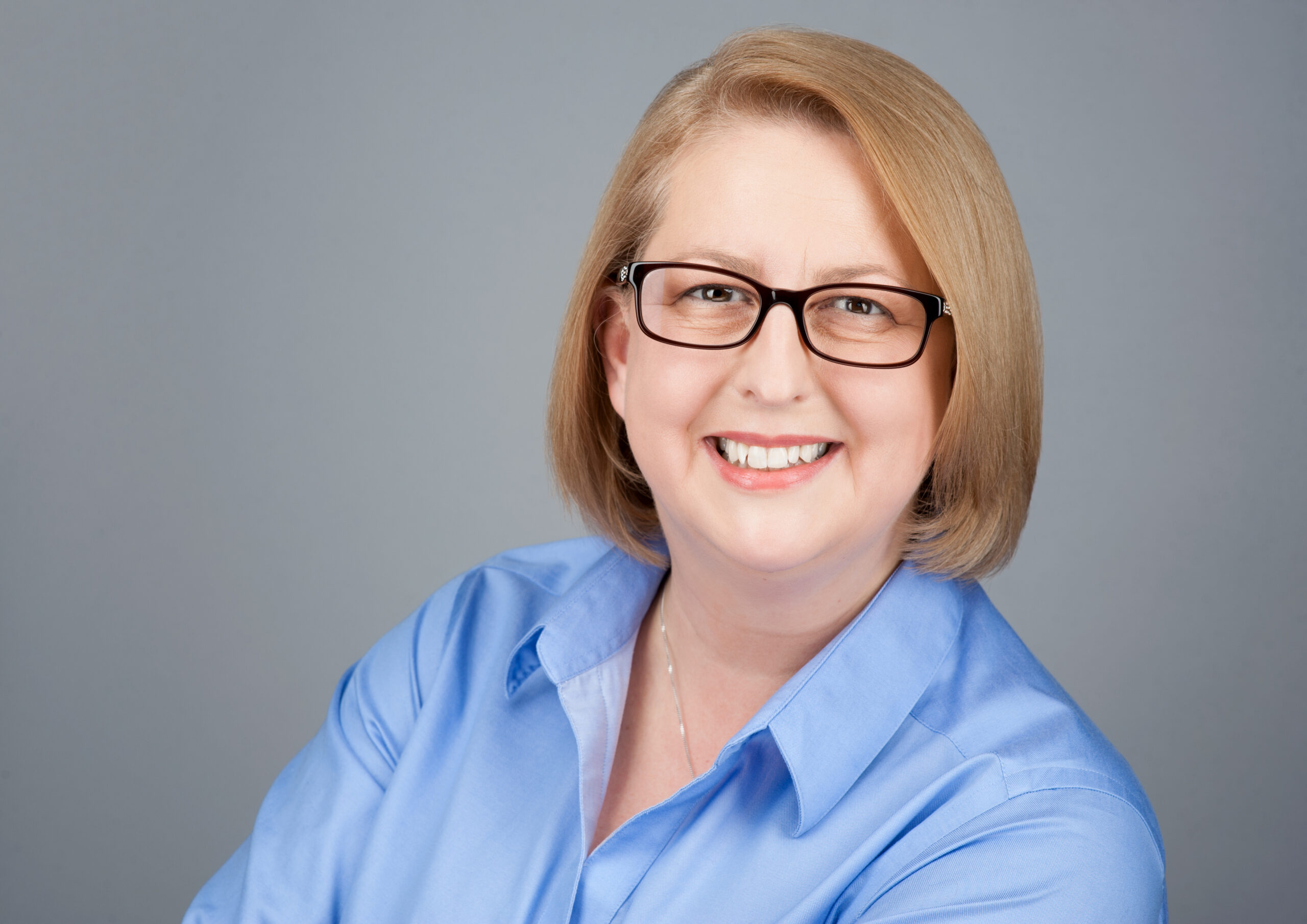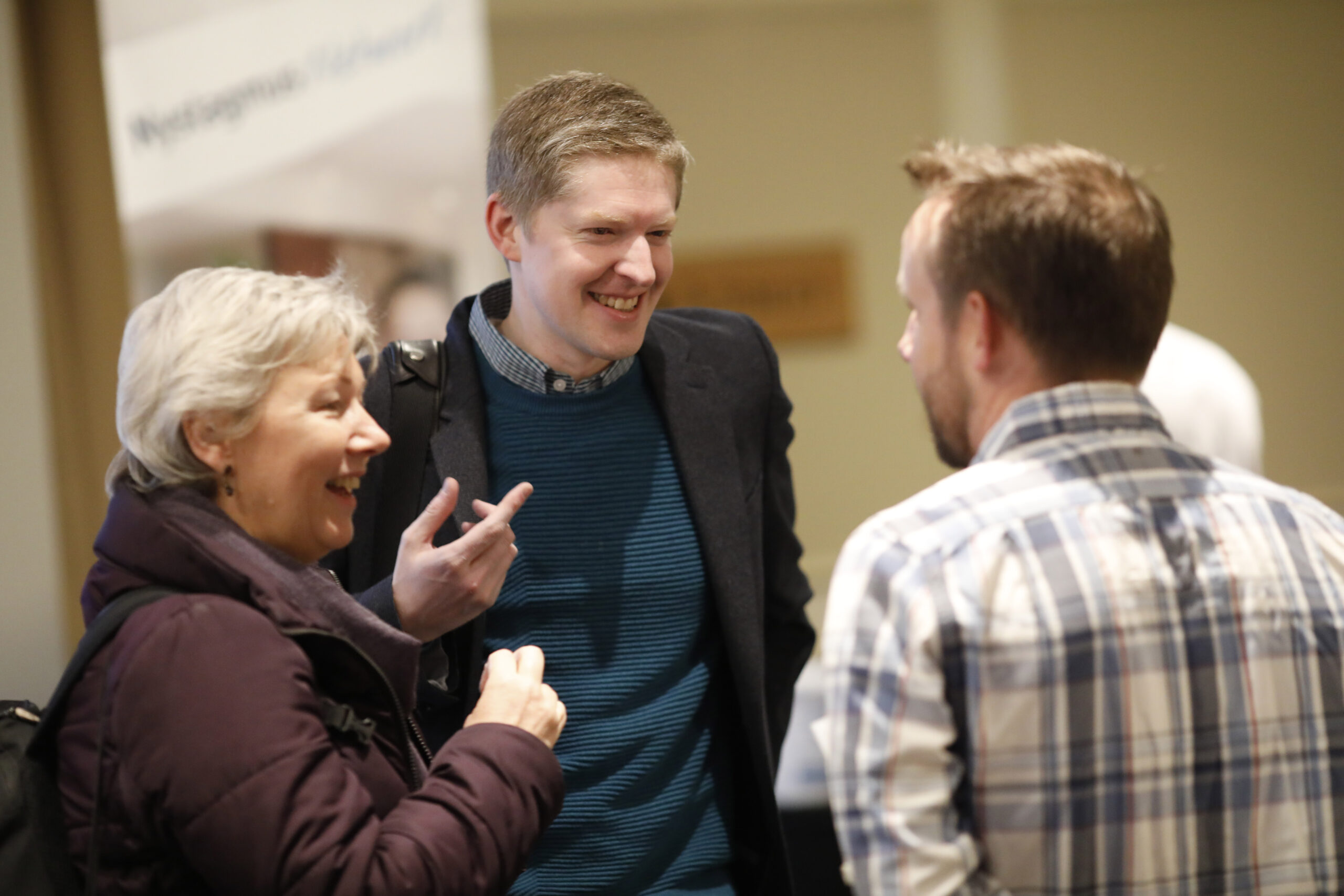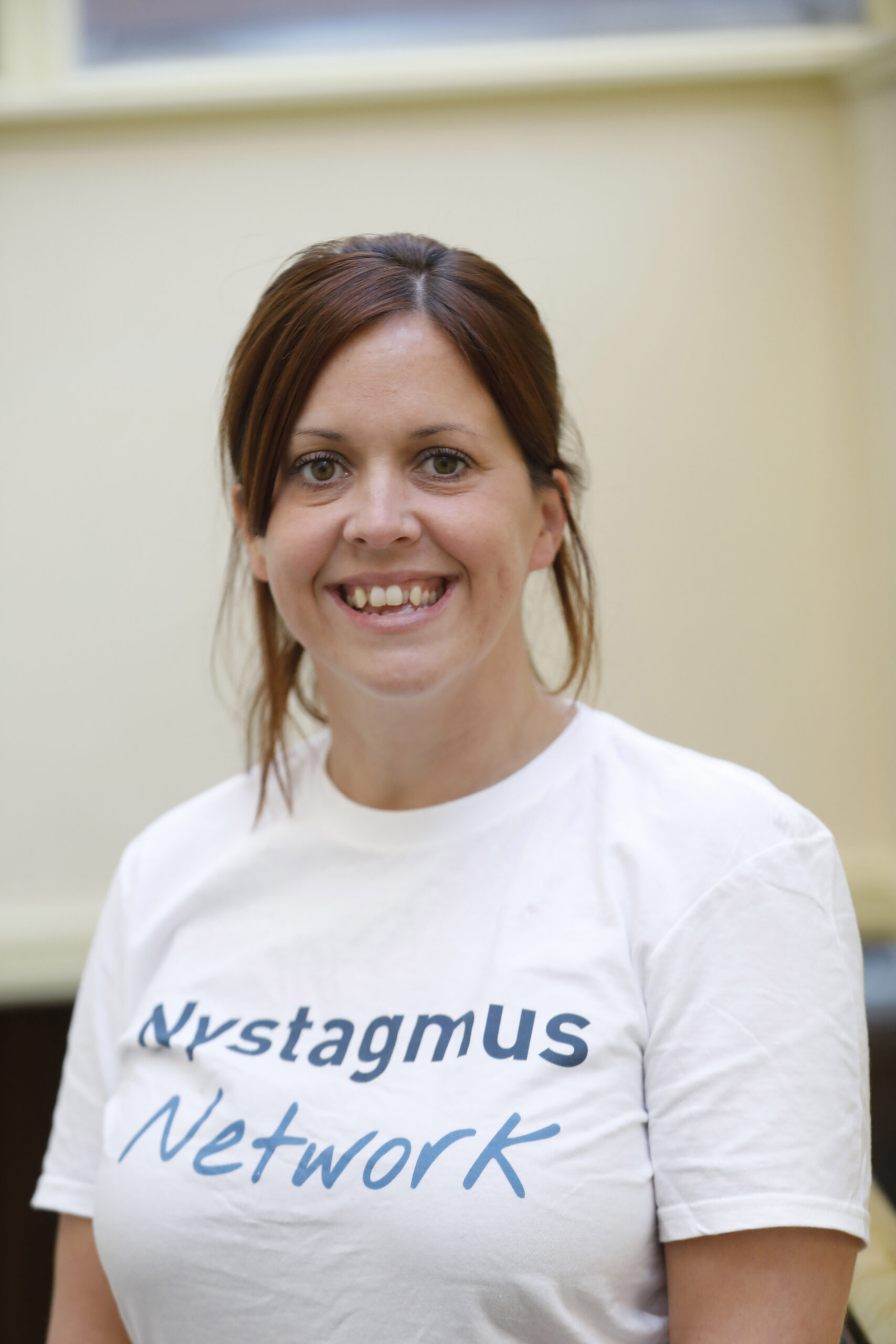Delegates at 100% Optical learned about progress on refining the way an eye movement disorder is identified in babies
Professor Jon Erichsen from the University of Cardiff gave a presentation on infantile nystagmus to eye care professionals at the recent 100% Optical event (ExCeL London, 25–27 January).
Professor Erichsen highlighted that in the condition there are several “known unknowns.”
“One thing we don’t understand is why we can have all sorts of conditions where the nystagmus is the same even though the disease is different,” he elaborated.
He added that while treatments for nystagmus attempt to dampen oscillation in order to improve vision, it is still uncertain whether abnormal eye movements affect visual acuity.
Patients with infantile nystagmus see the world as stable despite their involuntary eye movements, Professor Erichsen shared.
Experiments aimed at assessing a patient’s visual acuity in the absence of involuntary eye movements came to a surprising conclusion.
“Acuity in the absence of visual motion is unchanged,” Professor Erichsen highlighted.
To illustrate this point, he shared the case of a patient with infantile nystagmus who received surgery that dampened her eye movements.
“By reducing eye movements, what we may be doing is increasing the contrast sensitivity function which is why patients are reporting that their vision is better” University of Cardiff’s Professor Jonathan Erichsen
The patient reported being able to see better, although objective measures of her visual acuity had not changed.
Professor Erichsen shared that contrast sensitivity rather than visual acuity may be a better way of assessing treatments in infantile nystagmus.
“By reducing eye movements, what we may be doing is increasing the contrast sensitivity function which is why patients are reporting that their vision is better without the movements,” Professor Erichsen observed.
Read the full report on Professor Erichsen’s presentation in Optometry Today, here.


